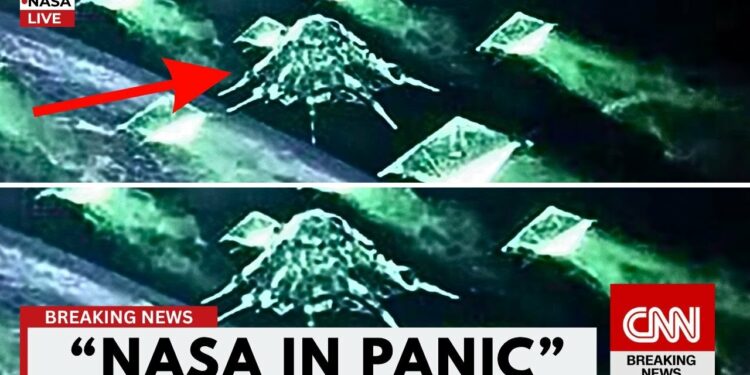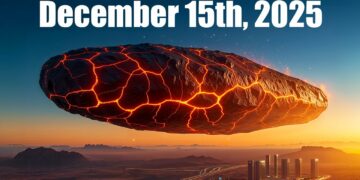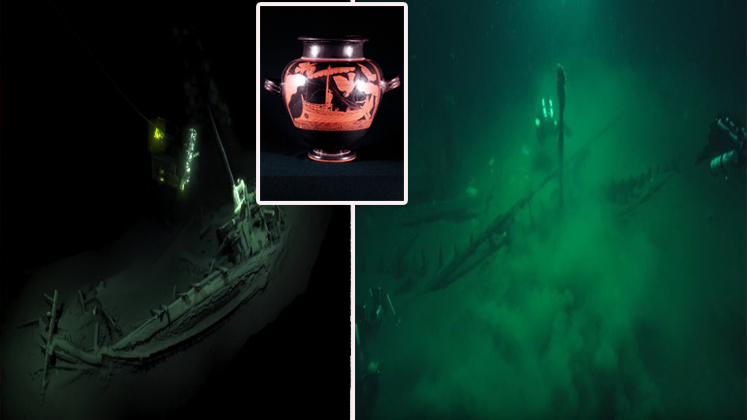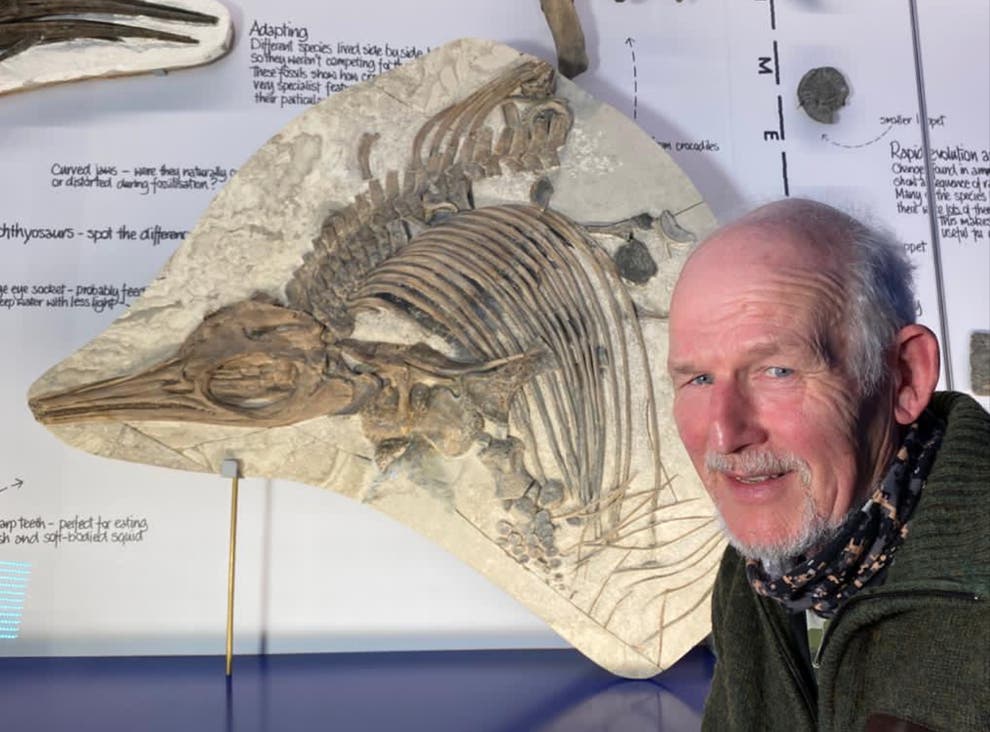NASA’s Voyager 1, the farthest human-made object in the universe, has resumed sending usable data from over 15 billion miles away after months of transmitting incomprehensible signals. Launched in 1977 to explore the outer solar system, the probe faced a critical issue in late 2023 when its flight data subsystem began sending garbled data, likely due to a memory chip damaged by cosmic radiation. This tiny chip, no larger than a fingernail, had corrupted critical instructions, rendering the telemetry unreadable. With no atmosphere to shield it, Voyager 1 is vulnerable to high-energy particles that can disrupt its circuitry.
NASA engineers, facing a system not designed for repair, performed an extraordinary feat by reprogramming the spacecraft’s primary data system remotely. After weeks of analyzing decades-old manuals and crafting a solution, they sent a patch in April 2024 that traveled 22 hours to reach the probe. The signal returned clear and structured, confirming that Voyager 1 had been revived, a historic achievement for a spacecraft operating on mere kilobytes of memory.
Voyager 1 and its twin, Voyager 2, were launched in 1977 to study the outer planets during a rare planetary alignment occurring every 76 years. Equipped with minimal computing power and radioisotope thermoelectric generators (nuclear batteries that convert heat from radioactive decay into electricity), the probes were expected to last five years. Instead, they surpassed expectations, delivering groundbreaking discoveries. Voyager 1 reached Jupiter in 1979, revealing its massive storms, intense radiation, faint rings, and active volcanoes on its moon Io. It then captured intricate details of Saturn’s braided rings and hidden moons. Voyager 2, visiting Uranus in 1986 and Neptune in 1989, uncovered Uranus’ tilted magnetic field, invisible rings, and Neptune’s supersonic winds and geologically active moon Triton.
Beyond their planetary missions, the Voyagers ventured into the heliosphere, the bubble of solar wind surrounding our solar system. In 2012, Voyager 1 became the first human-made object to enter interstellar space, followed by Voyager 2 in 2018. Their data revealed a chaotic boundary, with wrinkled folds billions of kilometers wide, driven by solar wind interacting with the interstellar medium. Voyager 2’s plasma instrument detected unexpectedly hot (30,000°C) but thin interstellar plasma, while differences in their readings showed the heliosphere’s irregular shape and dynamic nature.
Attached to each probe is a 12-inch golden record, a symbolic message curated by Carl Sagan’s team. Containing sounds, music, DNA diagrams, and a pulsar-based map of Earth’s location, it’s a snapshot of humanity meant for any potential extraterrestrial finders. Protected by an aluminum case, the record is a gesture of hope, not practicality, designed to outlast Earth itself as the probes drift through space.
Currently, Voyager 1 is over 24 billion kilometers from the Sun, with Voyager 2 not far behind. Both continue sending data, though their power, drawn from decaying nuclear batteries, is dwindling. By the 2030s, their instruments will shut down, and their signals will cease. Yet, the probes will drift onward, carrying their golden records into the cosmos for millions of years. Whether discovered or not, the Voyagers represent humanity’s enduring quest to explore and be known, their legacy a whisper in the vast silence of space.






















